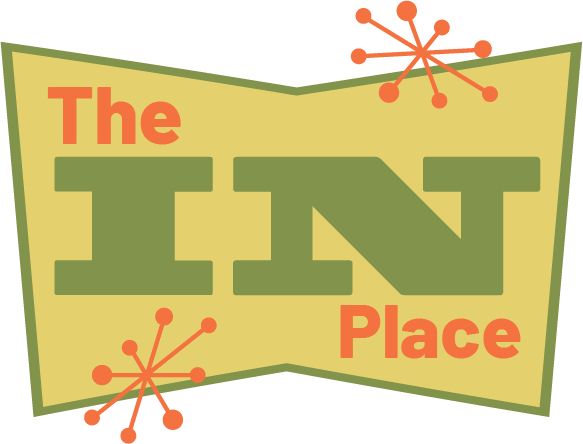I don’t I think we have an understanding of what ADHD is as a culture. It is the rare disorder that is named by its symptoms. I believe this falsely leads people to believe that its name encompasses all of its symptoms. This couldn’t be further from the truth. Or, perhaps, we just need to have a broader sense of what attention is.
I find that most people think of attention as sitting still and paying attention to a lecture in school or getting through a meeting at work. But it is so much more complex than that. If you take into account the neurobiological underpinnings of ADHD, we could redefine it as a disorder of under stimulation. We are constantly at war with our intentions. We often lack the ability to execute on those intentions because of our lack of ability to focus on what we call non-preferred tasks. In other words, being bored is our kryptonite.
it is hard to even explain to neurotypical people what boredom is like for the ADHD brain. Frankly, it is not unlike trying to explain what it is like to be chronically inattentive. Both of these facets of ADHD are also parts of the human condition. But there is a clinical and practical difference between how we as ADHD people experience them and what they’re like for the general population. Literally, when we are not stimulated, our brains shut off in certain meaningful ways.
it can be a Herculean effort to simply do the normal everyday things that we find boring but neurotypical people take for granted. And that can significantly deplete our resources for the rest of life. so, as ADHD people, and for ADHD clinicians, I would suggest that a good metric for the severity of a person’s ADHD as well as a good metric for the efficacy of their treatment would be to look at the ability to tolerate non-preferred tasks. Whether or not we look at that as an aspect of attention or something separate doesn’t really matter. But it is definitely an important part of understanding who we are and how our ADHD works.
